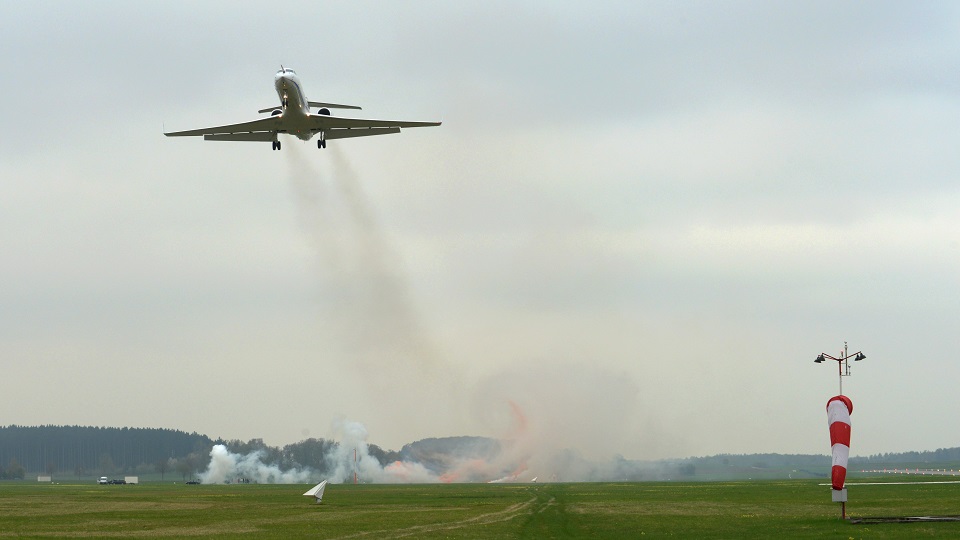Uncategorized
These are the Best & Worst Flight Routes for Turbulence

Navigating through the skies can be a serene experience or a bumpy ride, largely influenced by the flight route chosen.
While turbulence is often unpredictable, there are geographical and meteorological factors that can significantly affect its occurrence. Here’s a guide to understanding the best and worst flight routes for turbulence.
Based on insights from Turbli, a turbulence prediction website that has analyzed approximately 150,000 routes, here’s a comprehensive look at the best and worst flight routes for turbulence.
Best Routes for Least Turbulence
Flight Paths over Water: Routes that traverse expansive bodies of water typically experience less turbulence due to minimal geographical disruptions. For instance, flights over the Pacific Ocean or the Mediterranean Sea often offer smoother conditions.
Flat Terrain: Flying over flat landscapes like the Great Plains of the United States or the Australian Outback is beneficial for minimizing turbulence. These regions lack the air disturbances found in rugged landscapes or urban areas.
Avoiding Equatorial Regions: Areas near the equator, where winds from the northern and southern hemispheres converge, are prone to turbulence. Steering clear of flight paths close to the equator reduces the chances of encountering turbulent air masses and frequent thunderstorms associated with high temperatures.
Nighttime and Early Morning Flights: Nighttime or early morning flights are generally less turbulent compared to daytime flights. During these periods, wind speeds tend to decrease and thunderstorm activity diminishes, leading to smoother flying conditions.
Worst Routes for Turbulence
Santiago (SCL) – Santa Cruz (VVI): This route between Santiago, Chile, and Santa Cruz, Bolivia, is noted for frequent turbulence, possibly due to local weather patterns and geographical factors.
Almaty (ALA) – Bishkek (FRU): Flights between Almaty, Kazakhstan, and Bishkek, Kyrgyzstan, often experience turbulent conditions, influenced by mountainous terrain and regional weather.
Lanzhou (LHW) – Chengdu (CTU): Travelers on this route in China may encounter turbulence, possibly due to the mountainous terrain along the flight path and local atmospheric conditions.
Centrair (NGO) – Sendai (SDJ): Despite being a domestic route within Japan, flights between Chubu Centrair International Airport (NGO) and Sendai Airport (SDJ) can experience turbulence, influenced by regional weather patterns.
Milan (MXP) – Geneva (GVA): This European route linking Milan Malpensa Airport (MXP) in Italy with Geneva Airport (GVA) in Switzerland can encounter turbulence, possibly due to weather conditions over the Alps.
Lanzhou (LHW) – Xianyang (XIY): Another route in China known for turbulence, connecting Lanzhou Airport (LHW) with Xi’an Xianyang International Airport (XIY), possibly affected by local weather and terrain.
Osaka (KIX) – Sendai (SDJ): Flights between Kansai International Airport (KIX) in Osaka, Japan, and Sendai Airport (SDJ) are noted for turbulent conditions, influenced by regional atmospheric factors.
Xianyang (XIY) – Chengdu (CTU): This route between Xi’an Xianyang International Airport (XIY) and Chengdu Shuangliu International Airport (CTU) in China can experience turbulence, possibly due to weather patterns and terrain.

